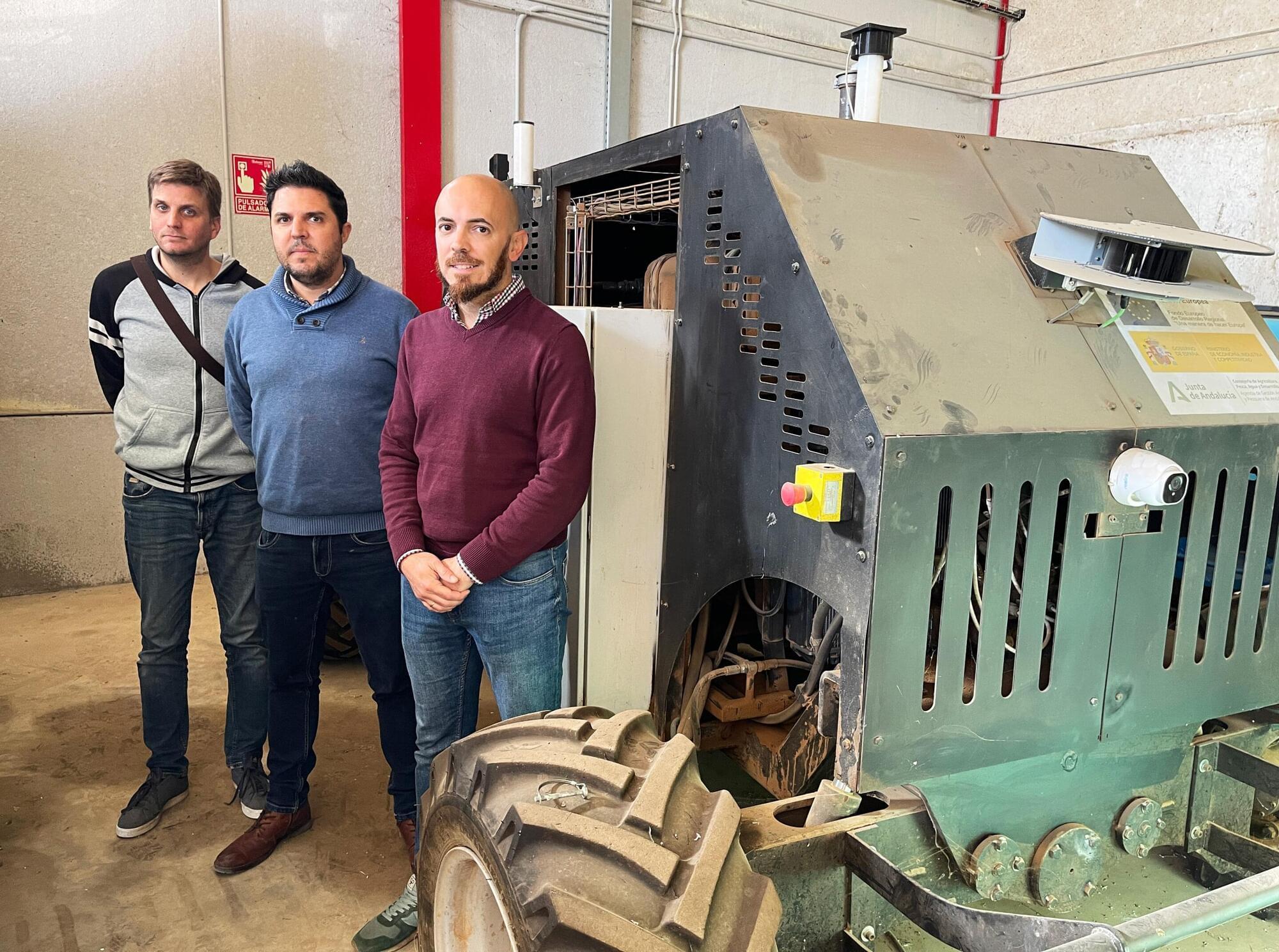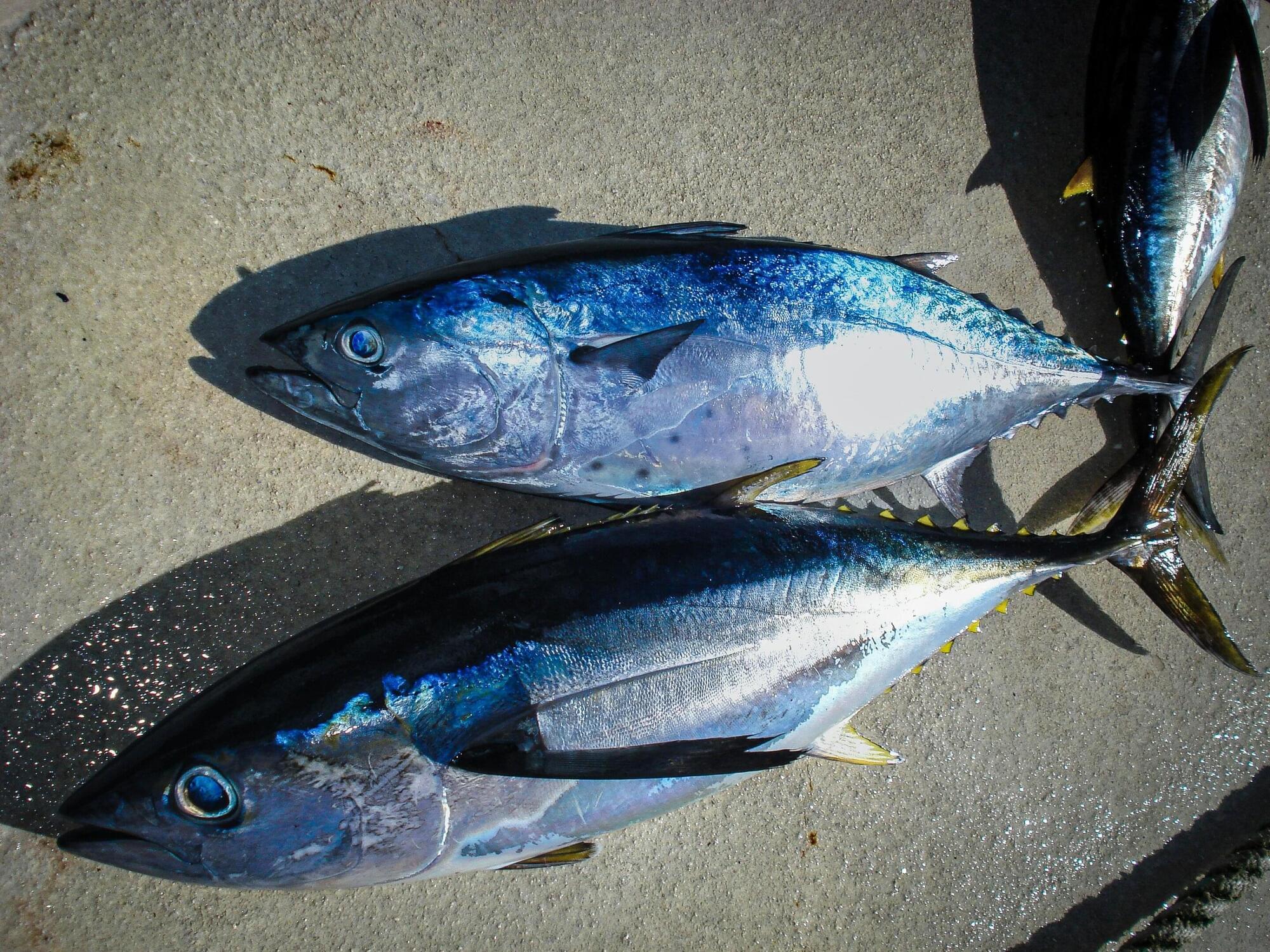Synthetic biology explained, future of synthetic biology, what is synthetic biology, creating life from DNA, synthetic life creation, synthetic biology techn…
Get the latest international news and world events from around the world.

Autonomous tractor navigates olive groves with optimized steering modes
A team from the University of Córdoba is developing an autonomous tractor with three different steering modes, allowing it to drive in straight lines, make turns efficiently, and shift modes in response to its trajectories.
One of the possible meanings of the name Sergius is “one who serves,” hence the name of the robotic tractor that can autonomously perform agricultural tasks in fields of woody crops. This one-of-a-kind vehicle, designed by the University of Córdoba, is part of an Agriculture 4.0 context in which agricultural tasks are being automated.
The researchers, with the Rural Mechanization and Technology Group at the University of Córdoba, Sergio Bayano and Rubén Sola, designed the vehicle from the ground up, in collaboration with two companies charged with its mechanical manufacturing and programming. The paper is published in the journal Computers and Electronics in Agriculture.

Designer microbe shows promise for reducing mercury absorption from seafood
An engineered gut microbe can detoxify methylmercury, reducing the amount that passes into the brain and developing fetuses of mice fed a diet rich in fish, UCLA and UC San Diego’s Scripps Institution of Oceanography scientists have discovered.
“We envision the possibility that people could take a probiotic to offset the risk of consuming too much methylmercury, especially when pregnant,” said UCLA associate professor and director of the UCLA Goodman-Luskin Microbiome Center Elaine Hsiao, who is the senior author of a paper describing the research in the journal Cell Host & Microbe.
Mercury is a pollutant that enters water from several sources, the largest of which are human activities such as coal burning, artisanal gold mining and smelting, and wastes from consumer products. In the ocean, mercury transforms into a toxic form called methylmercury. It also biomagnifies, meaning that methylmercury concentrations in animal tissues increase up the food chain from algae-eaters to top predators like humans.

Study finds flourishing doesn’t always mean happiness
Flourishing is more than just being happy, and a new global study finds some countries are doing better than others when it comes to overall well-being.
Take it from researchers at Baylor and Harvard universities, who unveiled a study Wednesday that included more than 207,000 people from 22 countries and Hong Kong. The study is published in the journal Nature Mental Health.
Their Global Fluorishing Study looked at six areas of well-being: happiness, health, meaning, character, relationships and financial security, CNN reported.



Near Space Labs nabs $20M to take its high-res imaging Swift robots into the stratosphere
When it comes to creating images of the earth from above, satellites, drones, planes and spacecraft are what tend to come to mind. But a startup called Near Space Labs is taking a very different approach to taking high-resolution photos from up high.
Near Space Labs is building aircraft that are raised by helium balloons and then rely on air currents to stay up, move around to take pictures from the stratosphere, and eventually glide back down to earth. On the back of significant traction with customers using its images, the startup has now raised $20 million to expand its business.
Bold Capital Partners (a VC firm founded by Peter Diamandis of XPRIZE and Singularity University fame), is leading the Series B round. Strategic backer USAA (the U.S. Automobile Association) is also investing alongside Climate Capital, Gaingels, River Park Ventures, and previous backers Crosslink Capital, Third Sphere, Draper Associates, and others that are not being named. Near Space Labs has now raised over $40 million, including a $13 million Series A in 2021.

Methionine Sulfoxide/Methionine Is An Index Of Oxidative Stress
Join us on Patreon! https://www.patreon.com/MichaelLustgartenPhDDiscount Links/Affiliates: Blood testing (where I get the majority of my labs): https://www.u…
